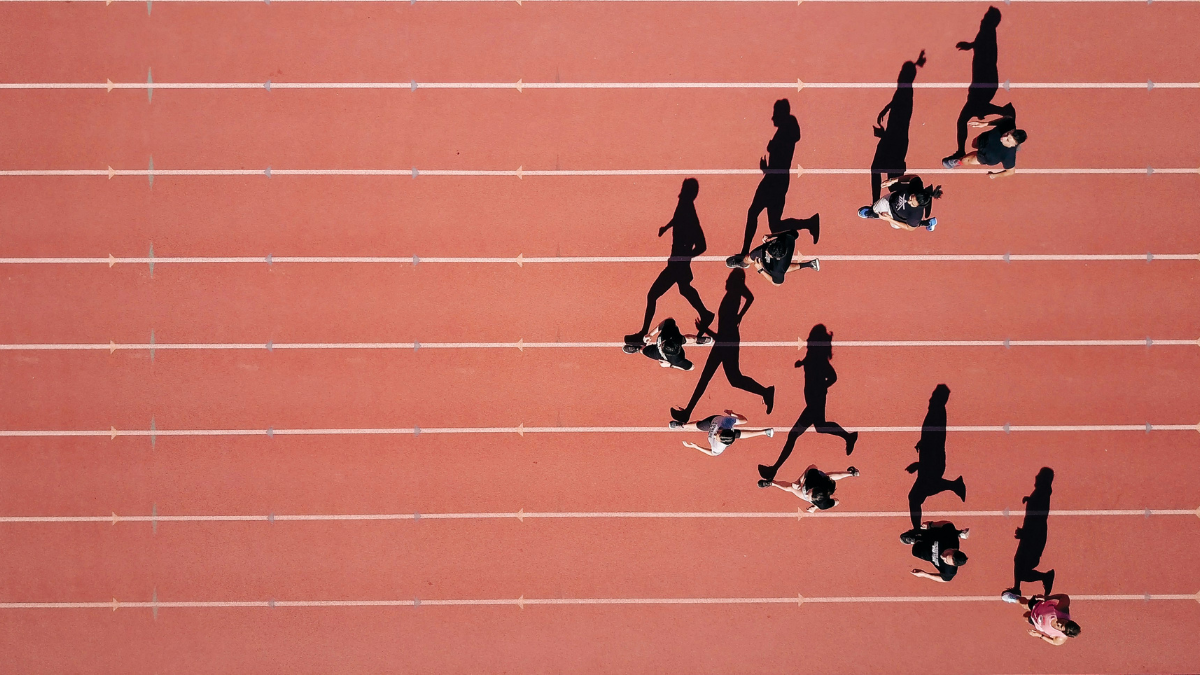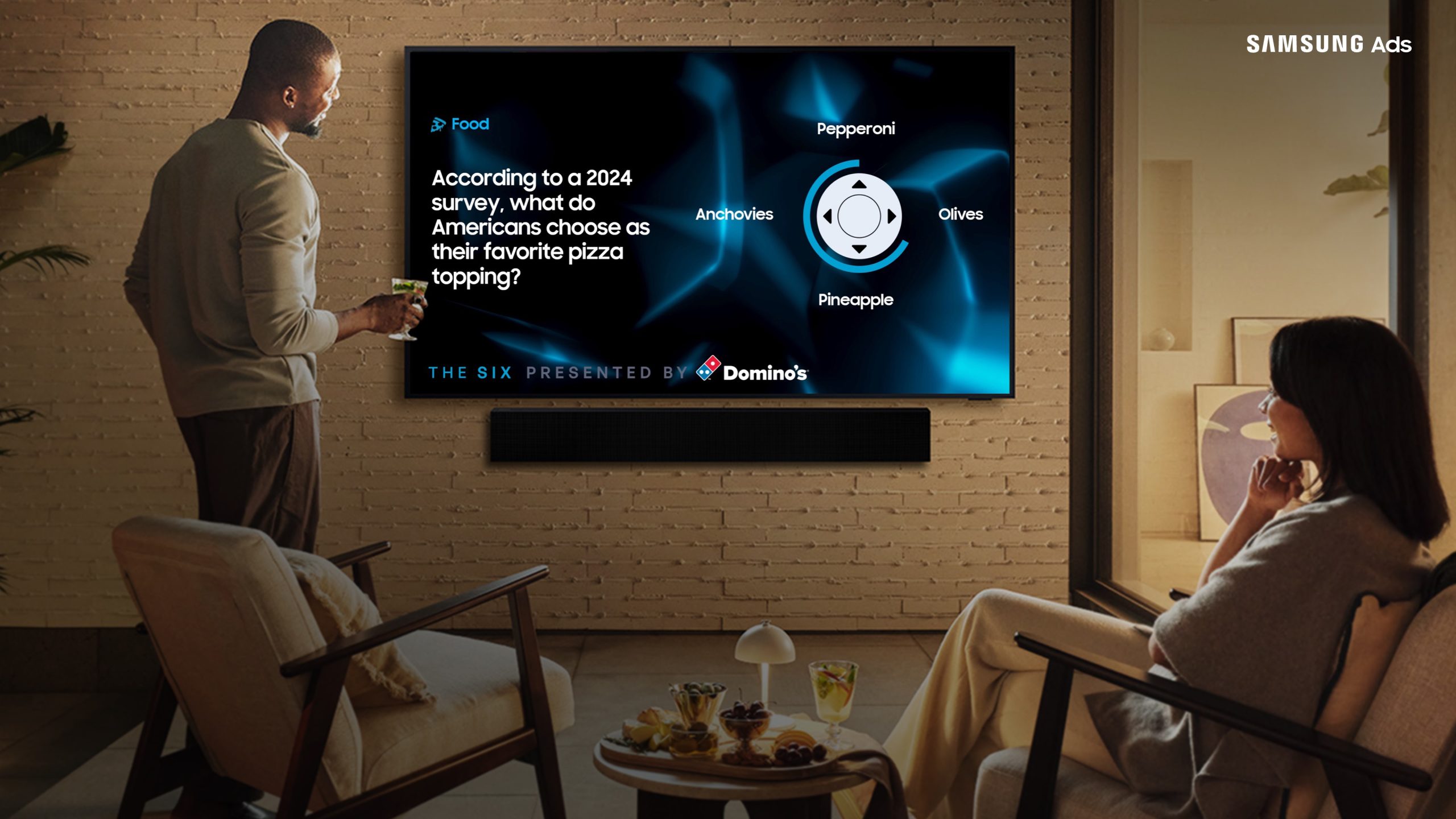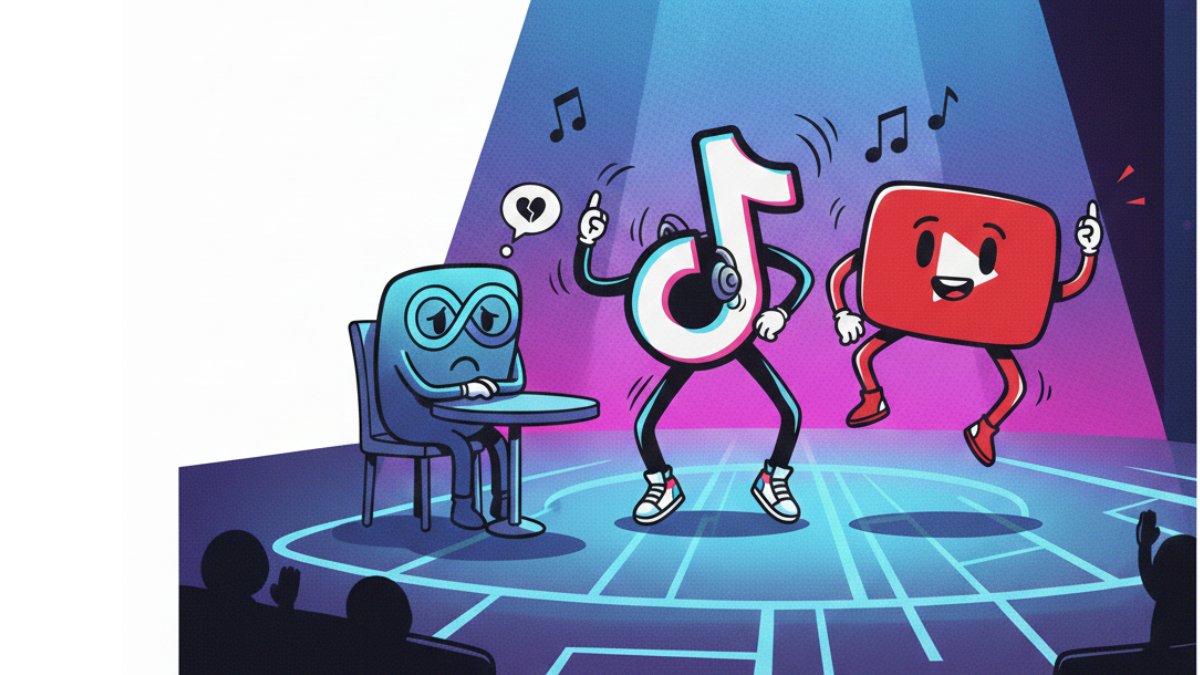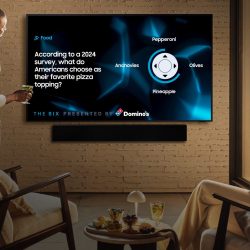‘People are always looking for something new,’ said University College London professor of experimental psychology Daniel Richardson, who was speaking at an event in London on 5 November hosted by ThinkBox, the marketing body for commercial TV in the UK.
Marketers don’t feel that channels that have been around as long as anyone can remember can deliver as well as exciting new media, he explained.
But data shows that smart use of TV and radio ads can significantly boost the performance of digital advertising.
Thinkbox’s new Staying Power study found that adding TV advertising to a campaign boosts its impact by more than a fifth.
The longitudinal study, which tracked the purchase intent of 19,250 individuals for eight weeks after the close of nine campaigns, found people who had seen online video ads for a brand were 23% more likely to say that they were ‘very likely’ to purchase if they had also seen a TV spot.
Ads seen on TV produced the longest-lasting effects on consumers, with purchase intent decaying just 14% eight weeks after the campaign ended, compared with social media and online video, which saw decays of 26% and 24%, respectively.
When combined with other ad channels, TV boosted purchase intent by an average of 26%. Overall, purchase intent decayed 48% less when people were exposed to TV ads and at least one other channel.
Thinkbox’s senior insight leader Anthony Jones attributed this to the context factors which were covered in a previous study, Context Effects, which found that the living room was the location where people looked on ads the most favourably, that people remembered ads on a big screen best, and that people had higher brand trust in ads viewed with other people — something of a perfect storm for TV which gave participants 16% more emotive brand associations after seeing a brand on TV.
Indeed, Thinkbox found that people’s trust in brands was 7% higher when watching ads on a TV with a large screen and 15% higher when watching with others, but 23% higher when watching TV on a large screen with others. These kinds of shared viewing occasions produced 23% higher recall, 75% higher ad liking, 15% higher brand trust, 48% lower purchase intent decay.
It isn’t just television which can boost a campaign. Joe Devlin, professor of cognitive neuroscience at University College London, pointed out that radio taps into this social element.
He said that audio advertising ‘recreates a social context when you’re on your own, it’s pretty unique’.
This is backed up by the Radiocentre’s recent Performance Multiplier study, which found radio advertising ‘delivers improved campaign effects even when allocated 50%+ share of total media budget’, and that ‘increasing radio’s share of spend (by reallocating existing budgets from other media) enhances overall campaign performance at no extra cost’.
Since the release of this study, Radiocentre is now pushing its advertising capability as Advertising Amplified, claiming that 20% of spend is ‘the optimum share of campaign media spend on radio’.
Pitching for a fifth of ad spend may seem ambitious, but with these new data sets available, traditional media has a path to claim back some wins from digital advertising.
Image by Nana Nakazwe on Unsplash.


























